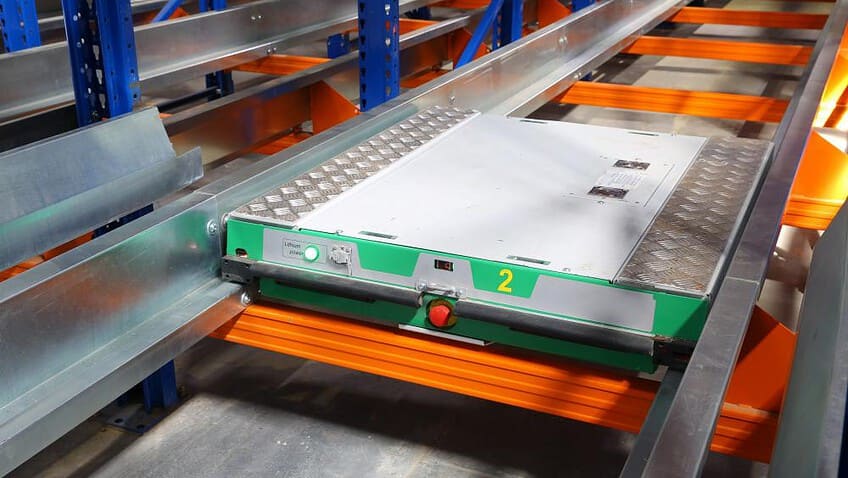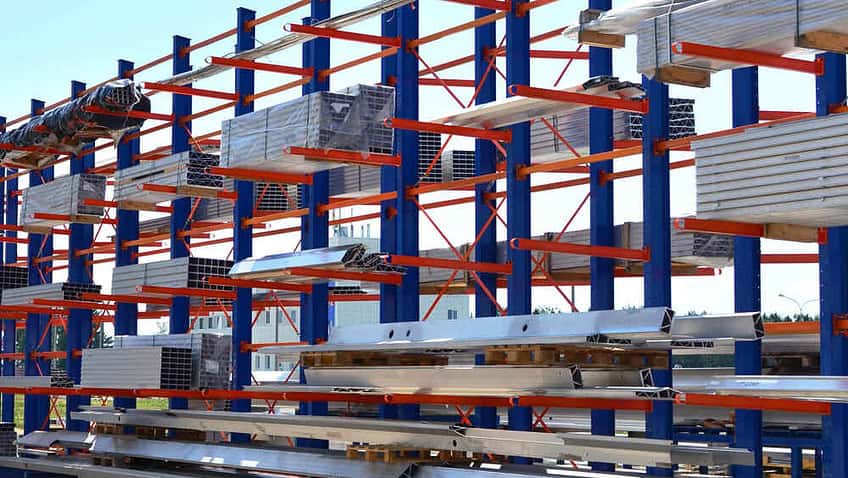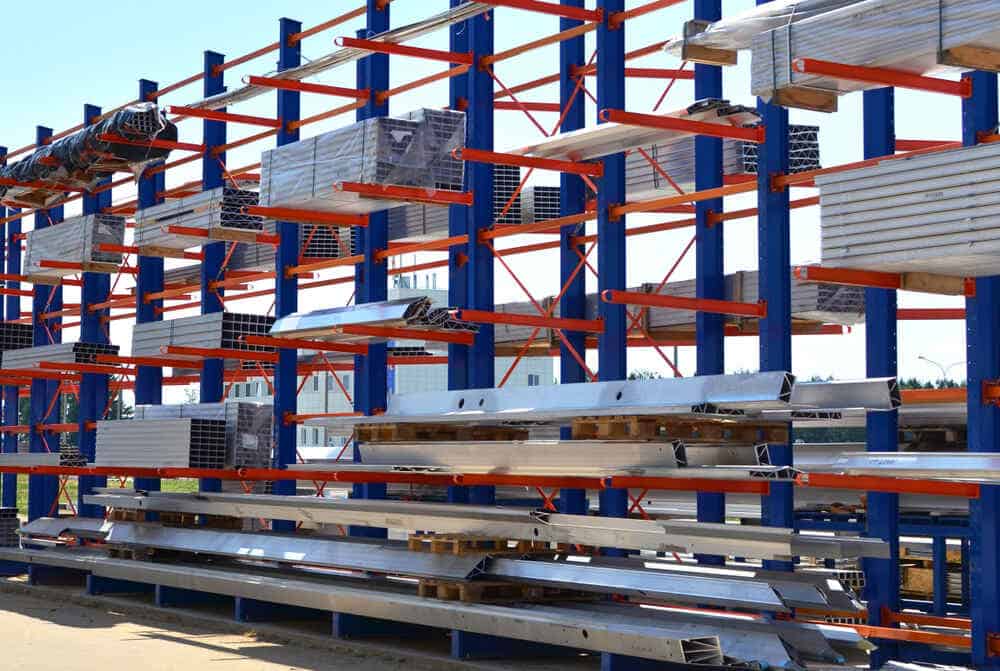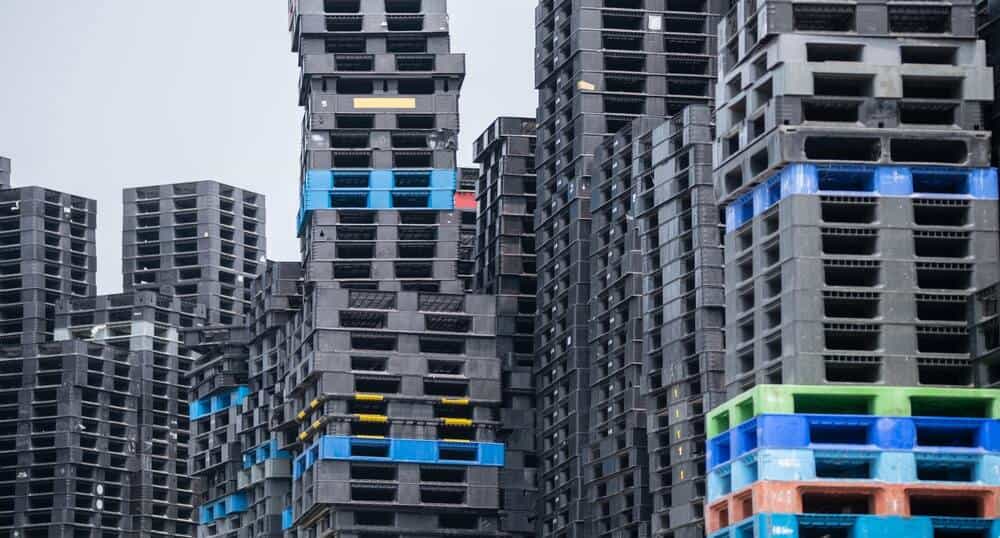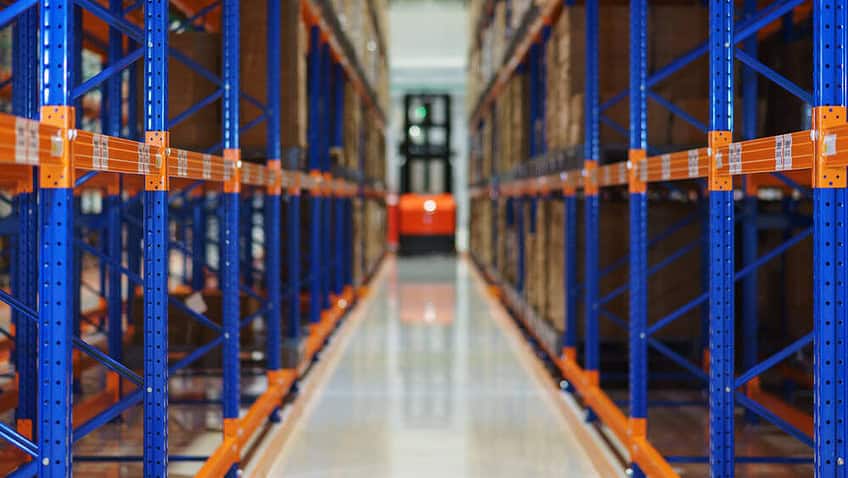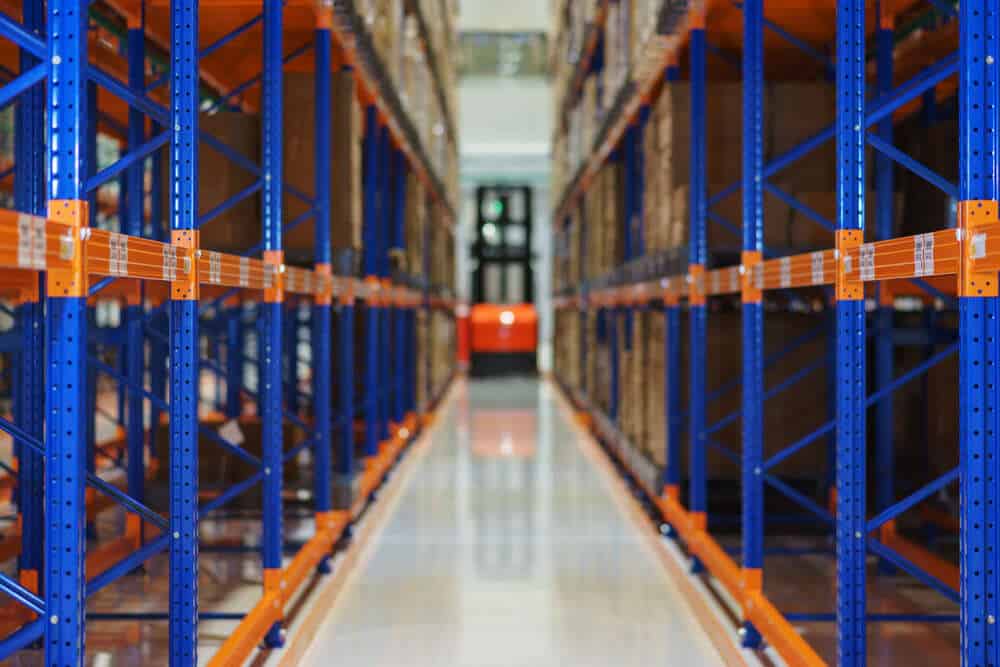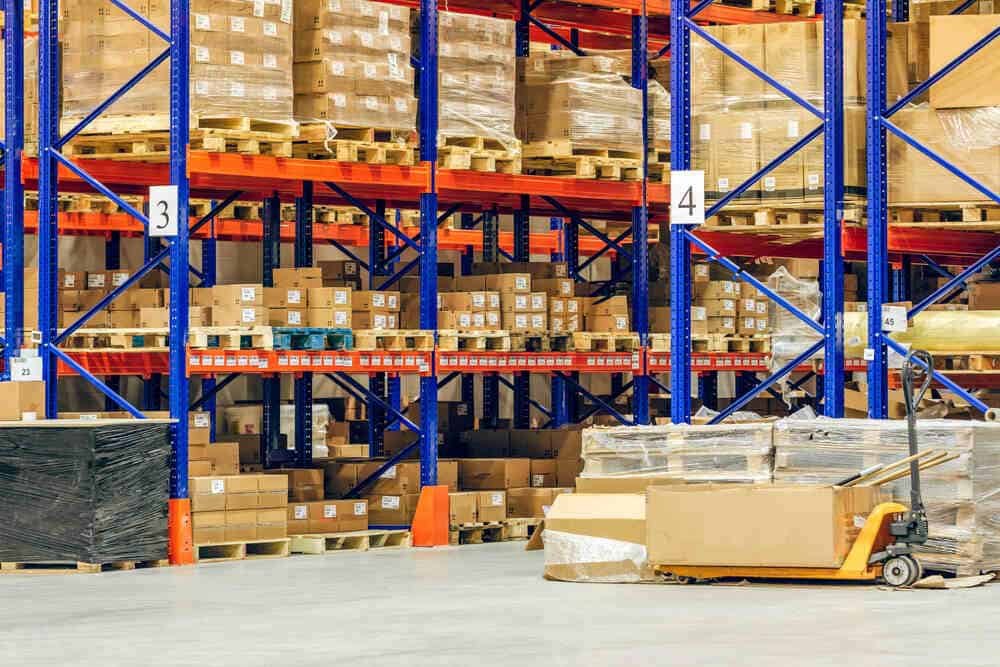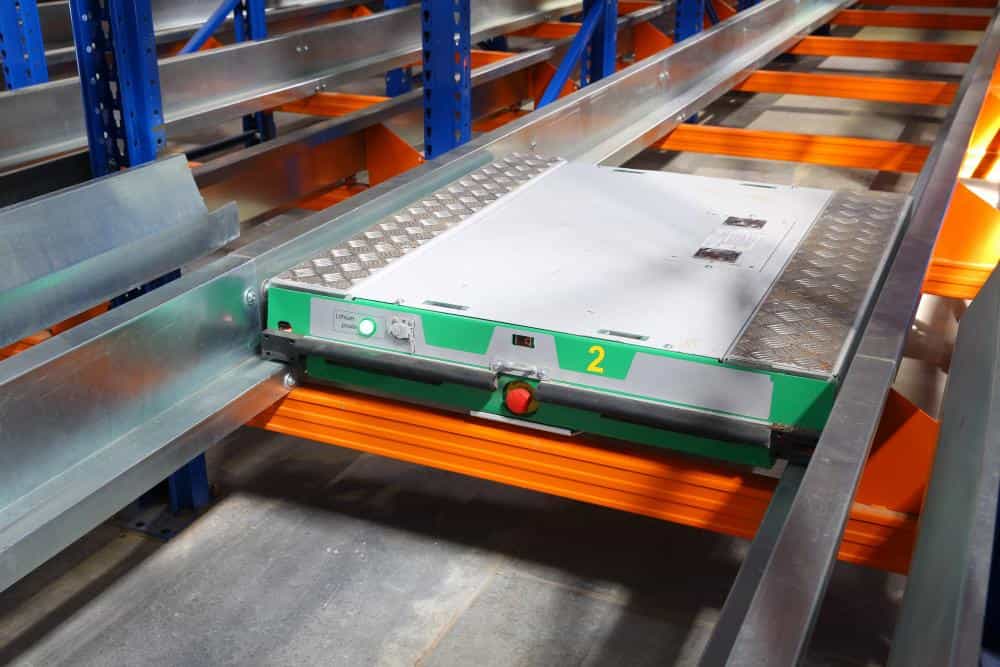
One of the perpetual challenges in warehouse management is inventory counting, storage, and dispensing at designated points. These processes often face disruptions due to inventory inaccuracies and disorganised distribution. Let’s explore the innovative ASRS System. If you’re unsure what it is and how it benefits you, we have the answers.
ASRS System: A Must-Have Solution for Logistics in Thailand
An ASRS (Automated Storage & Retrieval System) is an automated system for storing and retrieving goods with precision. This intelligent system integrates machinery and efficient management software, not only speeding up and improving accuracy in warehouse operations but also reducing labour costs, saving space, and minimising human error.
Components of an ASRS System
To understand how an ASRS system works, it’s essential to know its main components, which include:
- ASRS Racking: Specially designed shelving systems for ASRS. These racks are robust, durable, and can support heavy goods, facilitating the movement of automated machinery.
- Storage and Retrieval Machine (SRM): This is the core of the ASRS system. This machine automatically moves goods in and out of the shelves horizontally and vertically with high precision, operating 24/7 under intelligent computer control.
- Storage Module: Pallets, trays, or units used for storing goods, designed to integrate seamlessly with the ASRS system for efficient storage and retrieval.
- Pickup and Deposit Station: Points where goods are entered into or retrieved from the system, possibly interacting with staff or other automated systems for maximum efficiency and flexibility.
- Management and Control Software: The brain of the ASRS system, this software controls machinery operations, manages inventory data, and processes commands smoothly and accurately.
- Additional Equipment: Items like conveyors that facilitate the movement of goods within the warehouse, connecting the SRM with the pickup and deposit stations.
- Automated Guided Vehicles (AGVs): Highly popular in Thailand, these vehicles operate autonomously within the ASRS system, providing flexible and efficient transport and placing goods within the warehouse.
Benefits of the ASRS System for Thai Warehouses
The components of an ASRS system not only increase operational speed and accuracy but also offer numerous benefits for modern warehouses. Let’s explore how an ASRS system can elevate warehouse management in Thailand:
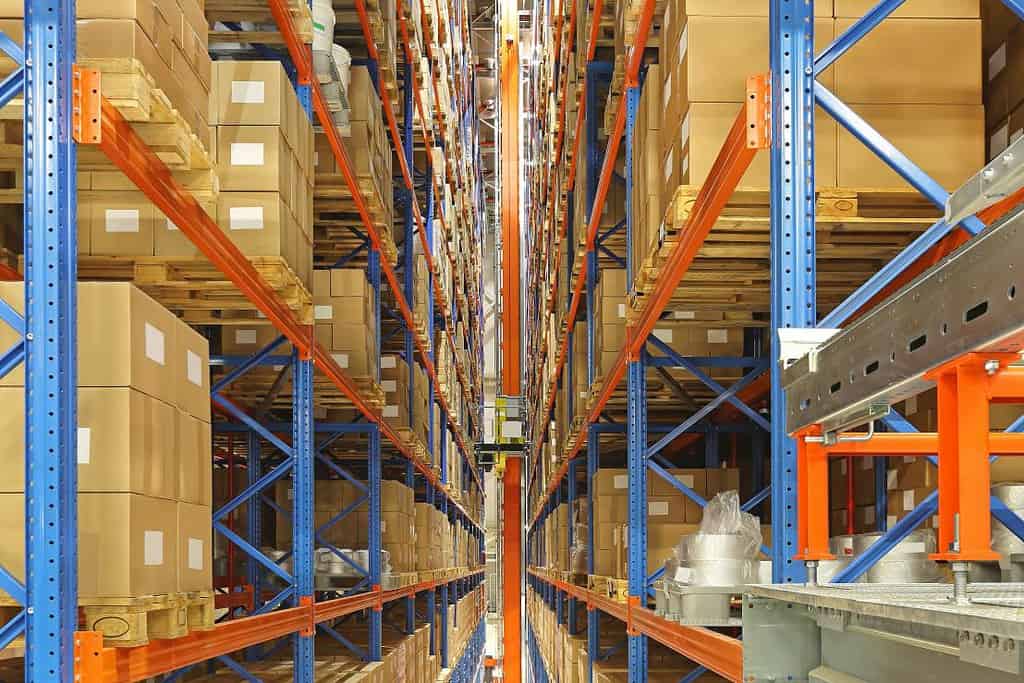
1. Enhancing Storage and Retrieval Efficiency
An ASRS system is crucial for boosting the efficiency of storage and retrieval operations. The automatic and precise operation of SRM machines, which transport, store, and retrieve goods under computer control, significantly improves storage capacity by efficiently utilising vertical space. This allows for more goods to be stored in the same area.
2. Increasing Warehouse Safety
Safety is paramount in warehouse operations. An ASRS system reduces the risk of accidents involving warehouse staff by automating tasks that would otherwise require climbing or moving heavy goods. Regular safety checks within the system prevent shelf collapses and other potential hazards, ensuring a secure environment.
3. Improving Inventory Management
ASRS systems are increasingly popular in Thailand for their storage and retrieval benefits and for enhancing inventory management efficiency. Businesses can track and record inventory data in real time, providing accurate stock status at all times. This system aids in planning orders, preventing stockouts or overstocking, and analysing data to predict future customer demand.
4. Supporting Business Growth
In an era of rapid business growth, ASRS systems effectively support business expansion. They maximise storage capacity within limited spaces, allowing warehouses to increase capacity without expanding their footprint. The system is adaptable and scalable, whether adding more storage slots or enhancing operational speed, ensuring seamless business growth without warehouse management constraints.
With these numerous benefits, the ASRS system is a comprehensive solution for modern warehouses. It enhances operational efficiency, reduces costs, improves safety, and supports future business growth. Investing in an ASRS system is a significant step for businesses aiming to modernise and optimise their warehouse management.
Support the next growth phase of your warehouse system with ASRS equipment from Tellus. As a leading manufacturer and designer of automated warehouse systems, we offer comprehensive solutions tailored to your needs, guaranteeing quality and safe load capacity. Our expert after-sales team is ready to assist you throughout the system’s usage. For more information, call 02-643-8044.
Sources:
- What is an automated storage and retrieval system? AS/RS meaning and more.Retrieved on July 23, 2024, from https://6river.com/what-is-an-automated-storage-and-retrieval-system/
- ASRS 101: Automated Storage and Retrieval Systems. Retrieved on July 23, 2024, from https://us.blog.kardex-remstar.com/automated-storage-and-retrieval-systems-asrs#glossary_of_asrs_related_terms




